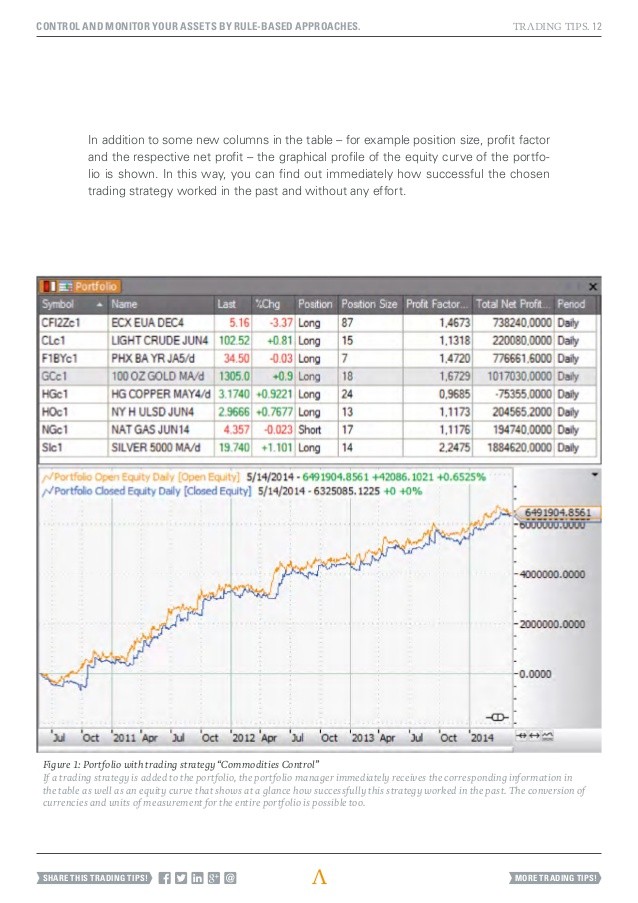Maximize Trading Profits Through Correct Position Sizing 2
Post on: 16 Март, 2015 No Comment

Maximize Trading Profits Through Correct Position Sizing 2
In our last lesson we furthered our discussion on the importance of position sizing in successful trading and talked about the % Risk Model which many traders use to determine their position sizes. In todays lesson we are going to talk about another method which Dr. Van K Tharp talks about in his book Trade Your Way to Financial Freedom, the % Volatility Model for position sizing.
As we have discussed in our previous lesson on the Average True Range, Volatility is basically how much the price of a financial instrument fluctuates over a given time period. Just as the Average True Range, the indicator that was designed to represent average volatility in an instrument over a specified time, can be referenced when determining where to place your stop, it can also be used to determine how large or small a position you should trade in a given financial instrument.
To help understand how this works lets take another look at the example we used in our last lesson on the % Risk Model for position sizing, but this time determine our position size using the % Volatility Model for position sizing.
The first step in determining what your position size will be using the % Volatility Model is specifying what % of your total trading equity you will allow the volatility as represented by the ATR to represent. For this example we will say that we will allow Daily Volatility as represented by the ATR to account for a maximum of a 2% loss of trading capital.
If you remember from the example used in our last lesson we had $100,000 in trading capital and we are looking to sell crude oil which in that example was trading at $90 a barrel. After pulling up a chart of crude oil and adding the ATR you see that the current ATR for Crude is $2.55. As you may also remember from our last lesson a 1 point or 1 cent move in Crude equals $10 per contract. So with this in mind that volatility in dollars per contract for crude equals $10X255 which is $2550.
So as 2% of our trading capital that we are willing to risk on a volatility basis equals $2000 under this model we cannot put a position on in this instance and would have to pass up the trade.
As Dr. Van Tharp states in his book, the advantage of this model is that it standardizes the performance of a portfolio by volatility or in other words does not allow financial instruments with a higher volatility to have a greater affect on performance than financial instruments with a lower volatility and vice versa.
The position sizing methodology that one ultimately chooses for his strategy should be decided by testing the strategy, the methodology for which we will cover in later lessons, and seeing which method works best with that particular strategy.
Thats our lesson for today and while there are many other methods of position sizing out there which I encourage you to explore, this finishes up my series on the subject. If you are seeking more information on position sizing I have included a link to additional resources below if you are watching this video on InformedTrades.com or in the description section if you are watching the video on youtube or one of the other video sites.
As always if you have any questions or comments please feel free to leave them in the comments section below so we can all learn to trade together, and have a great day!














